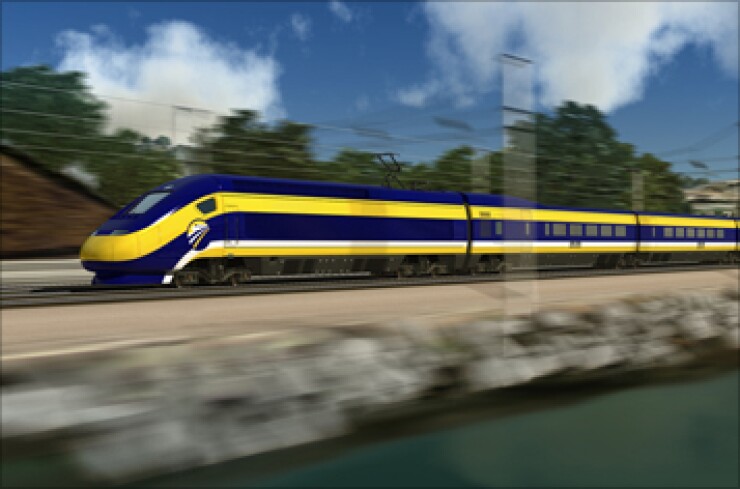
SAN FRANCISCO — California's $68 billion high speed rail project cleared a legal hurdle Thursday when a state appeals court upheld its proposed route connecting the San Francisco Bay Area to the Central Valley.
The Third District Court of Appeals in Sacramento heard an appeal from San Francisco Bay Area cities arguing that the proposed section would harm the environment.
The section would travel through the Pacheco Pass — a 1,368-foot mountain pass in southeastern Santa Clara County.
One of the most contentious debates during planning for the rail project was the choice of the more-direct Pacheco Pass, instead of the Altamont Pass further north.
The town of Atherton and the city of Palo Alto challenged the authority's decision, filing a petition to overturn a 2012 ruling that approved the environmental impact report for the proposed rail path.
They argued that the Program Environmental Impact Report violated the California Environmental Quality Act because it provided an inadequate analysis of where to elevate the track along the San Francisco Peninsula, used a flawed revenue and ridership model, and did not consider enough alternatives.
The court upheld the environmental review, but also said the project must still abide by state environmental laws.
"On the merits, we hold the authority properly used a program [Environmental Impact Statement] and tiering and deferred site-specific analysis such as the vertical alignment to a later project EIR," Justices Elena Duarte, Cole Blease, and William J. Murray Jr. wrote in the ruling. "The challenge to the revenue and ridership modeling presents a disagreement among experts that does not make the revised final PEIR inadequate."
The ruling is just one of the many legal hurdles the high speed rail project faces. Others include a recent lawsuit filed by Kern County, also alleging that the environmental review does not comply with CEQA.
In another lawsuit, Kings County, the Kings County Farm Bureau, and some residents argue that a segment would cause significant adverse impacts to the region's agriculture, air quality, and hundreds of homes.
Currently, the authority expects that the rail system will be up and running by 2029, transporting passengers from San Francisco to the Los Angeles basin in under three hours at speeds of over 200 miles per hour.
The authority expects the system to eventually extend to Sacramento and San Diego.





